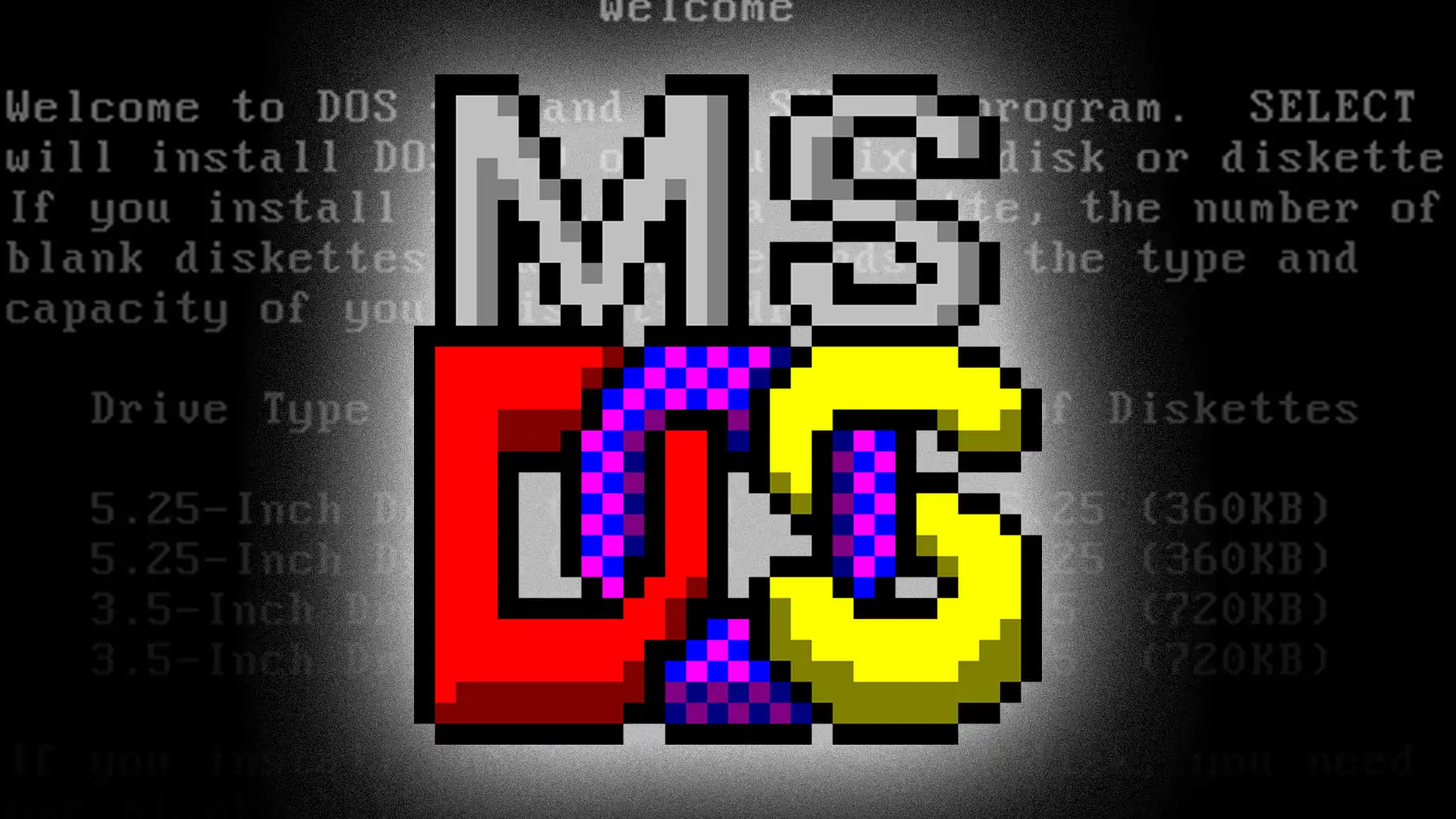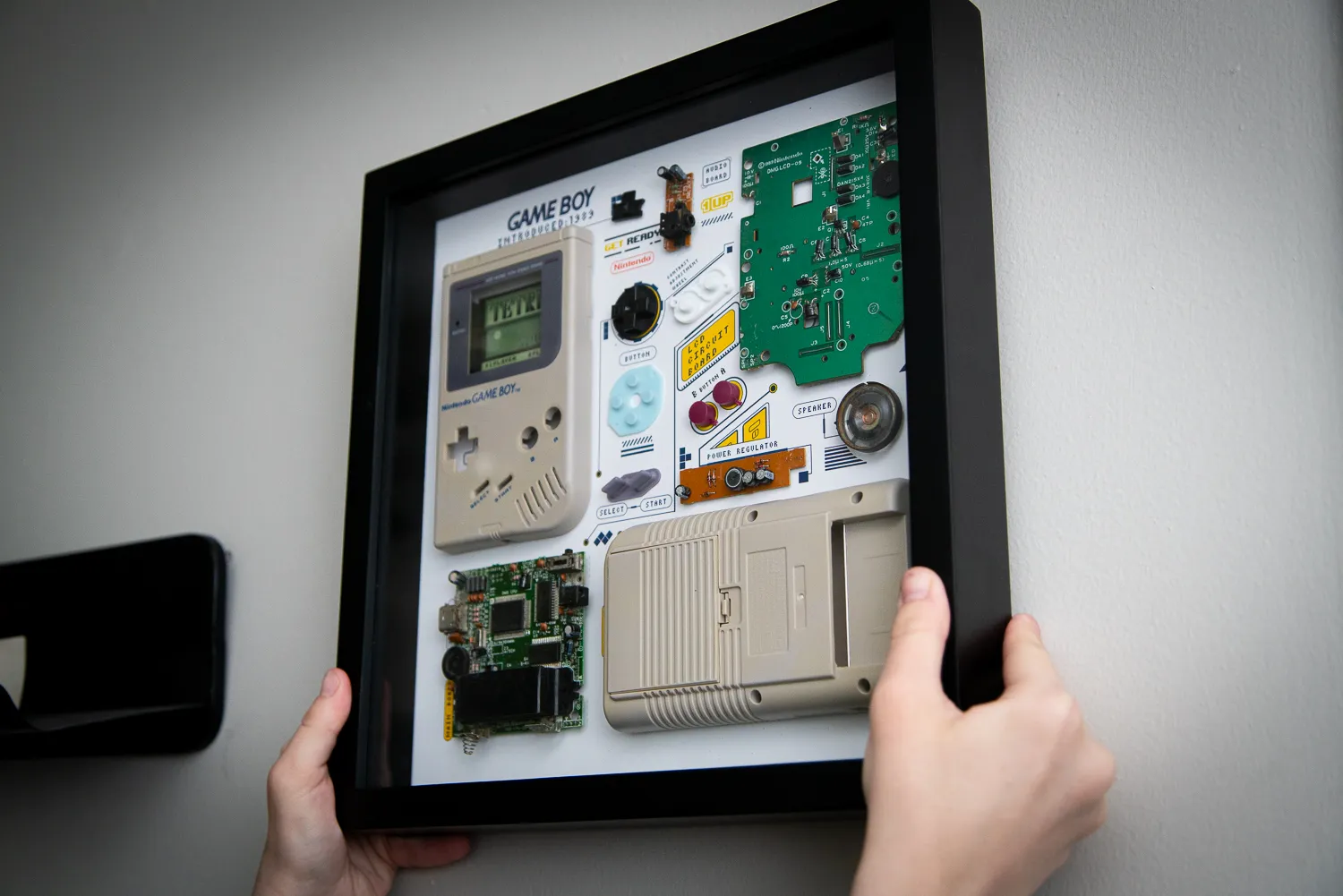Releasing old files in a new-er format has caused a lot of headaches for software historians.
Microsoft and IBM’s DOS operating system is an important milestone in the history of personal computing, and it’s just as important that we can dig into it and see what makes it tick. That’s part of the reason that both companies have released the source code for certain versions, including MS-DOS 1.25, 2.11, and as of now, 4.0. The 1988 releases added support for partitions above 32 megabytes (yes, megabytes, as in “smaller than a modern digital camera photo”).
Microsoft and IBM released the updated code under the open-source MIT license earlier this month. Microsoft said it’s about “the spirit of open innovation,” but not everyone is thrilled with precisely how the updated version of DOS has been opened up. Michal Necasek, a software engineer and historian, has documented some of the woes on the os2museum blog. The process has left the code, in Necasek’s words, “mutilated.”
The biggest problem appears to be the fact that Microsoft released the source code as git files, not their original binary files. Converting the relatively ancient data into a text format more widely supported by modern code editors is perhaps a natural impulse…but it also means that the actual software and hardware tools designed for the original operating system can’t handle it.
It surely doesn’t help that the git files also lack timestamps, which (according to comments on the story and picked up by Tom’s Hardware) are a matter of data protection policy. The code itself might also be the hastily updated MS-DOS 4.01, not the truly original release. It’s possible that some of these issues might be resolved, as Microsoft could simply release the original files in their original format. But that’s not a high priority for a company more focused on shoving even more ads into Windows 11.
In a historical sense, a bungled release for DOS 4.0’s open-source files is almost appropriate. Way back in 1988 DOS 4.0 was sort of the Windows 8 of its day, disliked by a vocal segment of users because of a bloated memory footprint versus previous versions and a huge amount of bugs.




